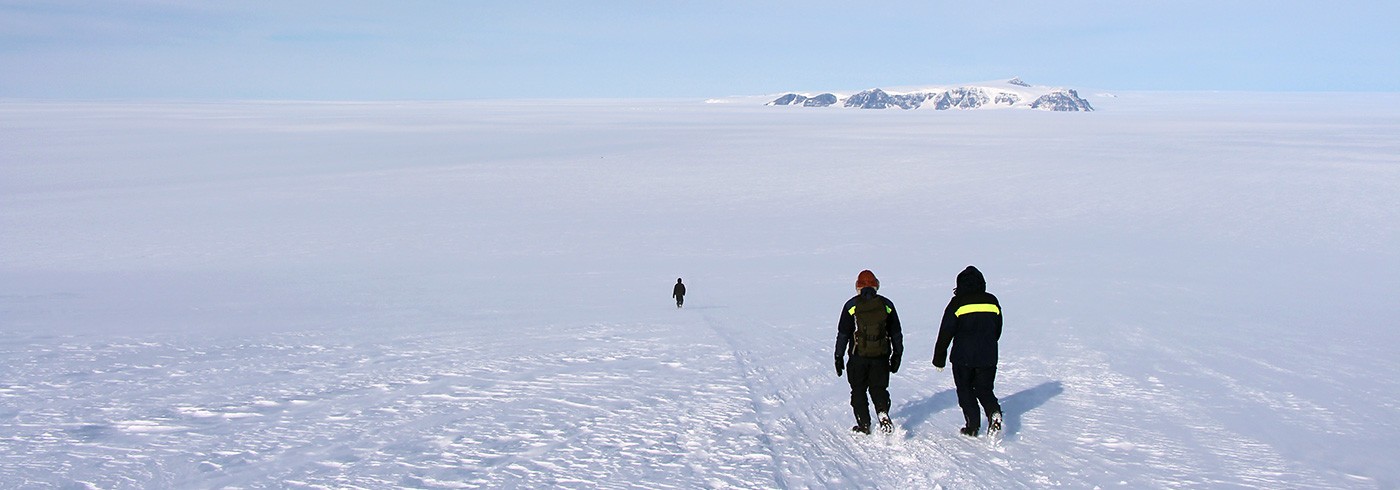Dronning Maud Land is one of the least studied regions of Antarctica in terms of variations in ice sheet thickness and dynamics. There are plenty of potential study sites in the mountain ranges, whose peaks, nunataks, are sticking up through the ice sheet 200–300 km from the coast.
MAGIC-DML is an international research collaboration, with researchers in Sweden, the USA, Norway, the UK and Germany. The focus of the work is to reconstruct the glacial history of a sector of the East Antarctic Ice sheet (EAIS) in Dronning Maud Land.
The researchers will use the data from this ice sheet reconstruction to test and improve ice sheet models. In essence, the researchers are using the nunataks as ’dip-sticks’ to study how the ice sheet has thinned in response to changes in the climate.
Fieldwork science team
The field team that will work in Antarctica during the expedition consists of:
- Ola Fredin, Geological Survey of Norway (NGU), Twitter: @FredinOla
- Neil Glasser, Aberystwyth University, Great Britain, Twitter: @NeilNfg
- Nathaniel Lifton, Purdue University, USA
- Jennifer Newall, Purdue University, USA, and Stockholm University, Twitter: @Polar_Jen
Principal investigator
Arjen Stroeven
Department of Physical Geography, Stockholm University
Twitter: @AStroeven
Maintenance work at Wasa
Personnel from the Swedish Polar Research Secretariat will arrive at the German research station Neumayer in Antarctica 19 December. Most of the expedition equipment will arrive at Neumayer with the South African vessel S.A. Agulhas II around Christmas. The equipment is then transported to Wasa.
The research team arrives at Wasa 10 January and will do field work in Dronning Maud Land until 18 February.

